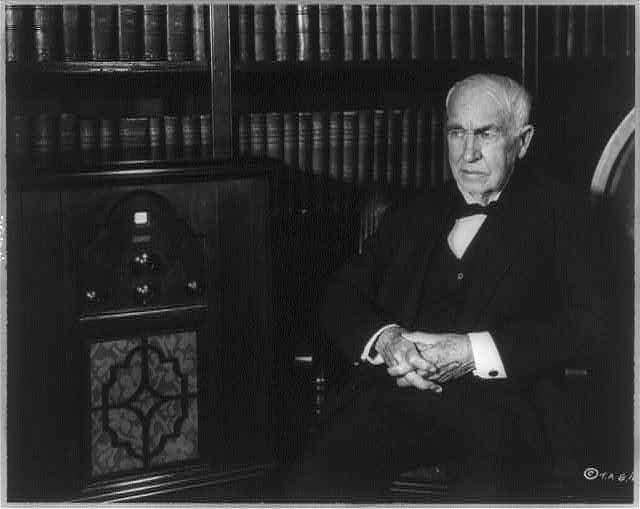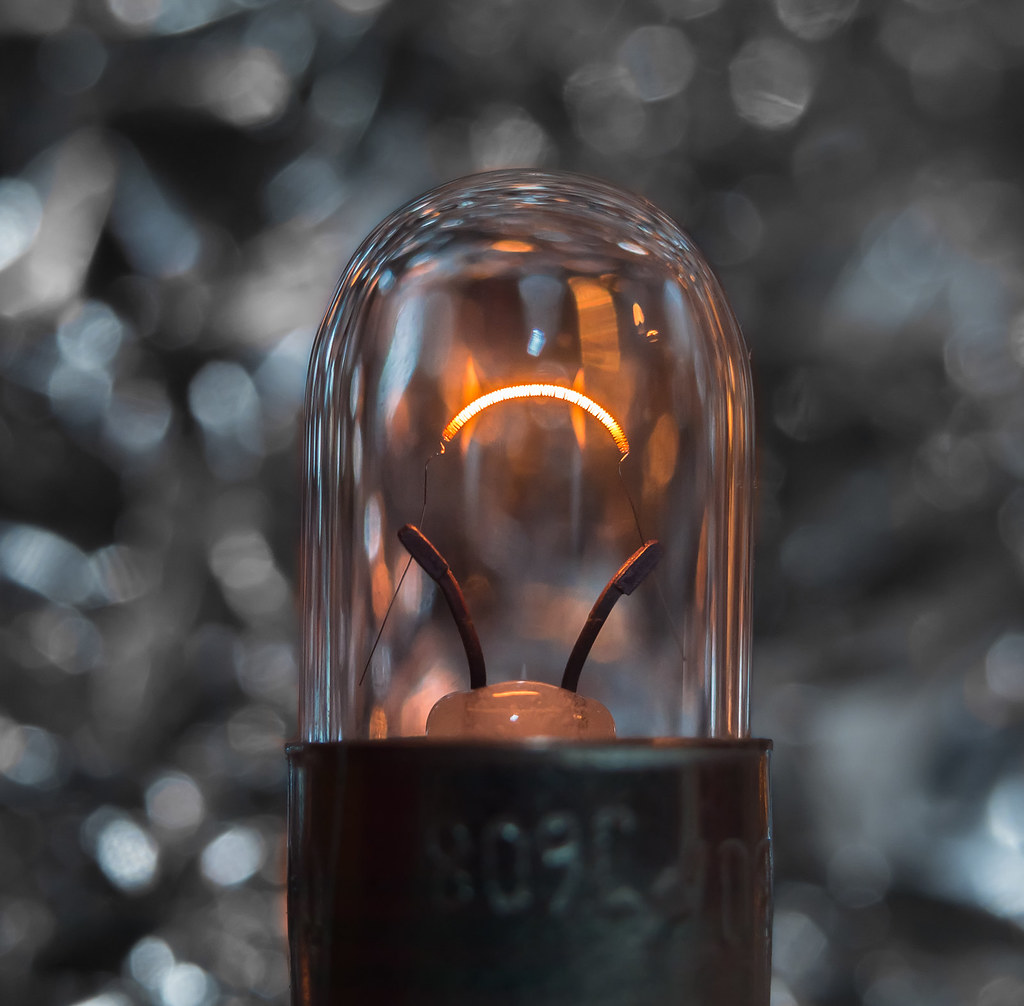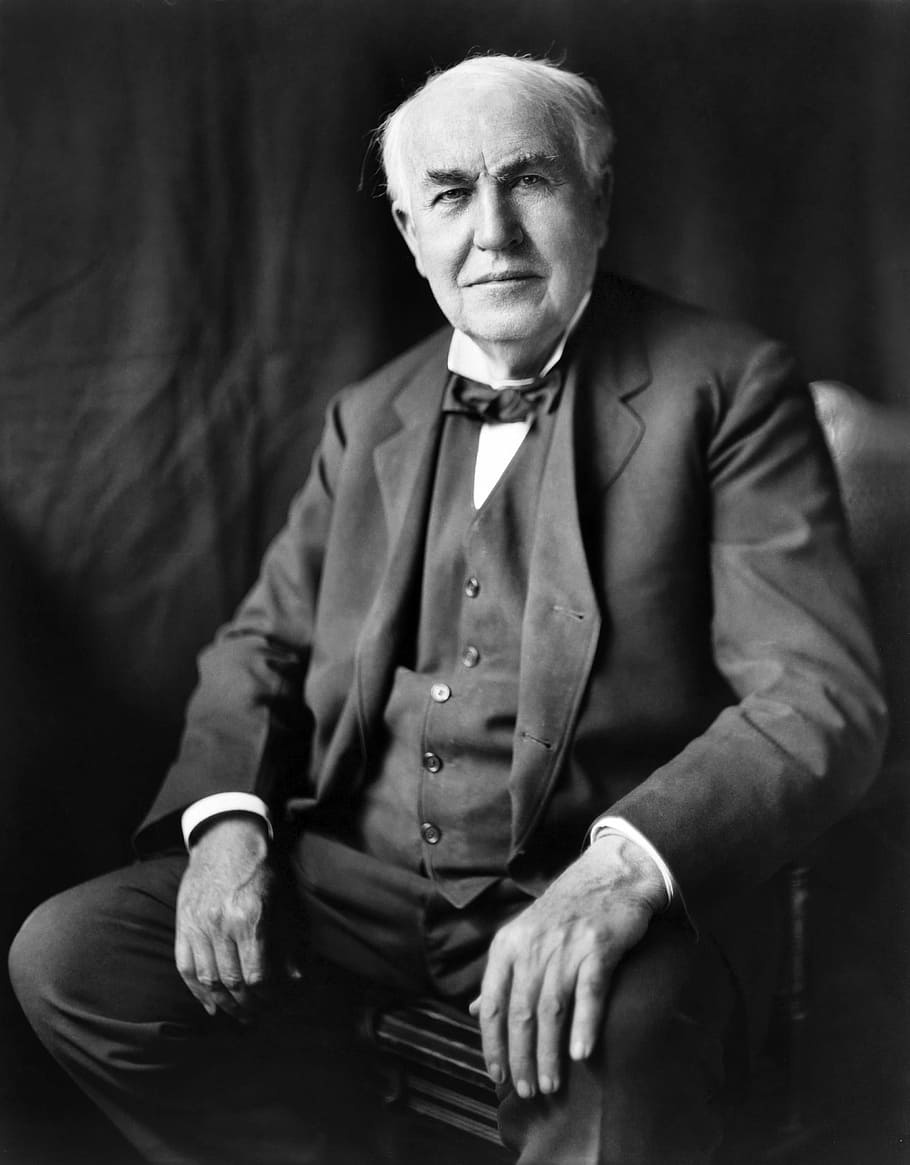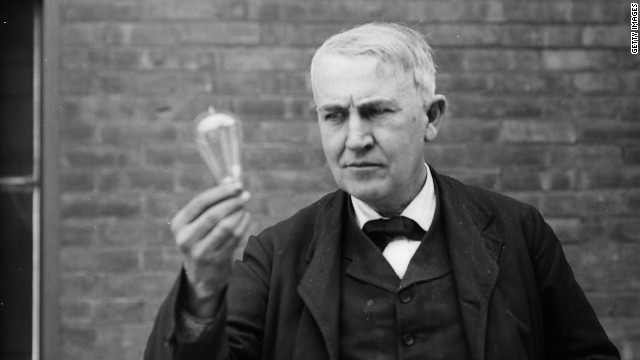Edison was the quintessential American inventor in the era of Yankee ingenuity. He began his career in 1863, in the adolescence of the telegraph industry, when virtually the only source of electricity was primitive batteries putting out a low-voltage current. Before he died, in 1931, he had played a critical role in introducing the modern age of electricity.
From his laboratories and workshops emanated the phonograph, the carbon-button transmitter for the telephone speaker and microphone, the incandescent lamp, a revolutionary generator of unprecedented efficiency, the first commercial electric light and power system, an experimental electric railroad, and key elements of motion-picture apparatus, as well as a host of other inventions.

Edison developed the first investor-owned electric utility in 1880. He faced competition from alternating current (AC) systems, which could transmit electricity over longer distances and cheaper wires. Edison’s direct current (DC) system had limitations in serving areas beyond one mile from the plant. The War of Currents emerged between Edison and AC companies, with Edison publicly claiming AC was dangerous. The war ended in 1892 when Edison’s company merged with Thomson-Houston to form General Electric, which competed with Westinghouse for the AC market.
Edison moved to West Orange, New Jersey, and bought a property in Fort Myers, Florida, as a winter retreat. He focused on finding a domestic source of natural rubber, eventually discovering the Goldenrod plant as a viable option. Edison also made significant contributions to other fields, such as telegraphy, motion pictures, and X-ray technology. He designed the first commercially available fluoroscope and invented the tasimeter to measure infrared radiation. In the motion picture industry, he patented the Kinetograph and Kinetoscope, and his film studio produced nearly 1,200 films.

Edison was involved in mining, attempting to extract low-grade iron ore in the United States and discovering nickel and cobalt deposits in Canada. He also developed the nickel-iron battery, although it wasn’t very successful. During WWI, Edison produced phenol, a critical material for making phonograph records and other products. Despite engaging in a variety of business ventures, Edison is best known for his work on the electric lightbulb and phonograph. He passed away in 1931 due to complications from diabetes.
Edison had two wives and six children. He first married Mary Stilwell in 1871, with whom he had three children: Marion Estelle, Thomas Alva Jr., and William Leslie. Mary passed away in 1884. In 1886, Edison married Mina Miller, and they had three children: Madeleine, Charles, and Theodore Miller. Edison was a freethinker and supported women’s suffrage, nonviolence, and monetary reform.

Edison received numerous awards during his lifetime, including an honorary PhD, memberships in prestigious organizations, medals, and distinctions such as the Officer of the Legion of Honour. In recognition of his contributions, various locations, institutions, and awards have been named after him, such as the town of Edison, New Jersey, and the prestigious Edison Medal. Edison’s name and achievements have also been commemorated in popular culture, music awards, and the naming of a United States Navy ship.
According to britannica.com; en.wikipedia.org. Source of photos: internet








